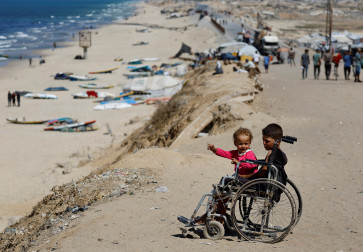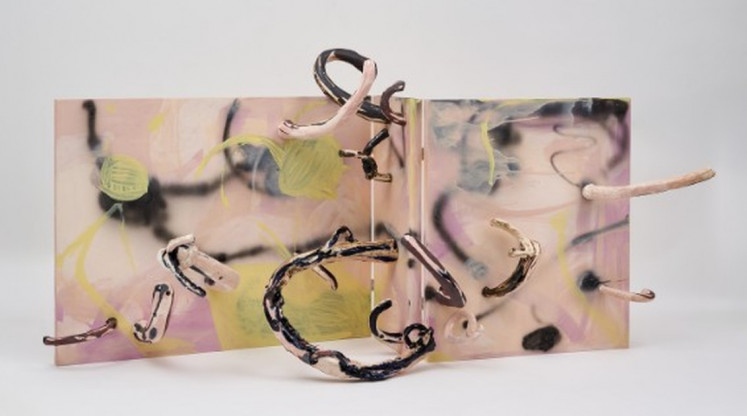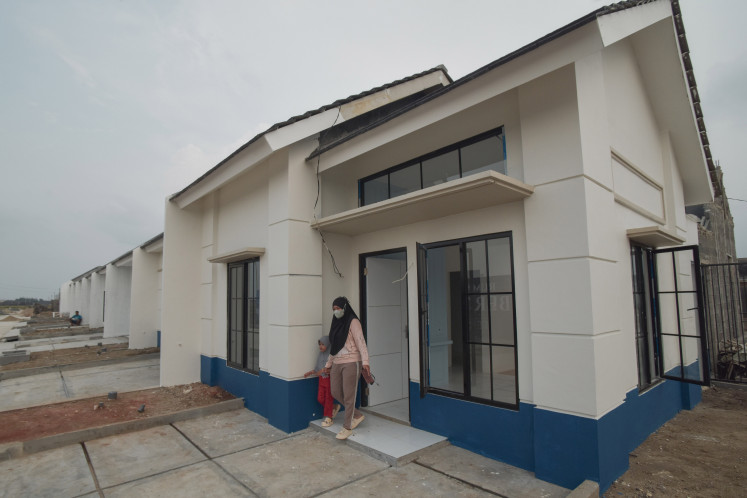Popular Reads
Top Results
Can't find what you're looking for?
View all search resultsPopular Reads
Top Results
Can't find what you're looking for?
View all search resultsVenice Biennale: A missed opportunity to keep Indonesia 'on the map'
If you are not invited by the Venice Biennale’s curator for the main exhibition, representing one’s national pavilion is equally important.
Change text size
Gift Premium Articles
to Anyone
Taking part in the world’s oldest and most prestigious art festival the Venice Biennale is the dream of almost every artist.
If you are not invited by the Venice Biennale’s curator for the main exhibition, representing one’s national pavilion is equally important.
Visited by hundreds of thousands of people from the entire art world and beyond: art lovers, curators, museum directors, gallery owners, actors and actresses — world celebrities and what not, the over a century old biennale this year has 89 national pavilions with their own curators and 120 artists in the central exhibition space overseen by the biennale director Christine Macel, the chief curator at the Musée National d’Art Moderne, Centre Pompidou, Paris.
When the Creative Economy Agency (Bekraf) announced it was replacing the Tourism Ministry as caretaker of Indonesia’s participation in the world’s most prestigious art festival the Venice Biennale, and that all costs would be borne by the State Budget, there was great expectation and hope that this year’s participation would be able to build on the two earlier successful editions of the Indonesia Pavilion in the Arsenale (2013 and 2015).
This year’s artist selected to represent the Indonesia Pavilion in Venice is Tintin Wulia, an artist who has had a presence in many international events and with Enin Supriyanto as artistic director, as well as Agung Hujatnikajennong as curator, respected names in their profession, expectations are high for Indonesia’s third time in the Arsenale of the Venice Biennale.
The Bali-born Tintin, who lives and works in Australia, is known to have been engaged with borders, migration and identity from the beginning of her artistic career.
Read also: Art Stage Jakarta 2017 to connect Southeast Asian art scenes
Works like the series (Re)collection of Togetherness and Nous Ne Notons Pas les Fleurs have enjoyed multiple displays internationally. Her concept for the Venice Biennale, which suggested a global network without borders was therefore encouraging.
On paper, it even had a science fictional and pseudo-documentary treat. Digitally linking the fateful year of 1965 with life on another planet seemed to be an idea that included the future of today’s population while looking back at the black pages of our history, including also her personal history.
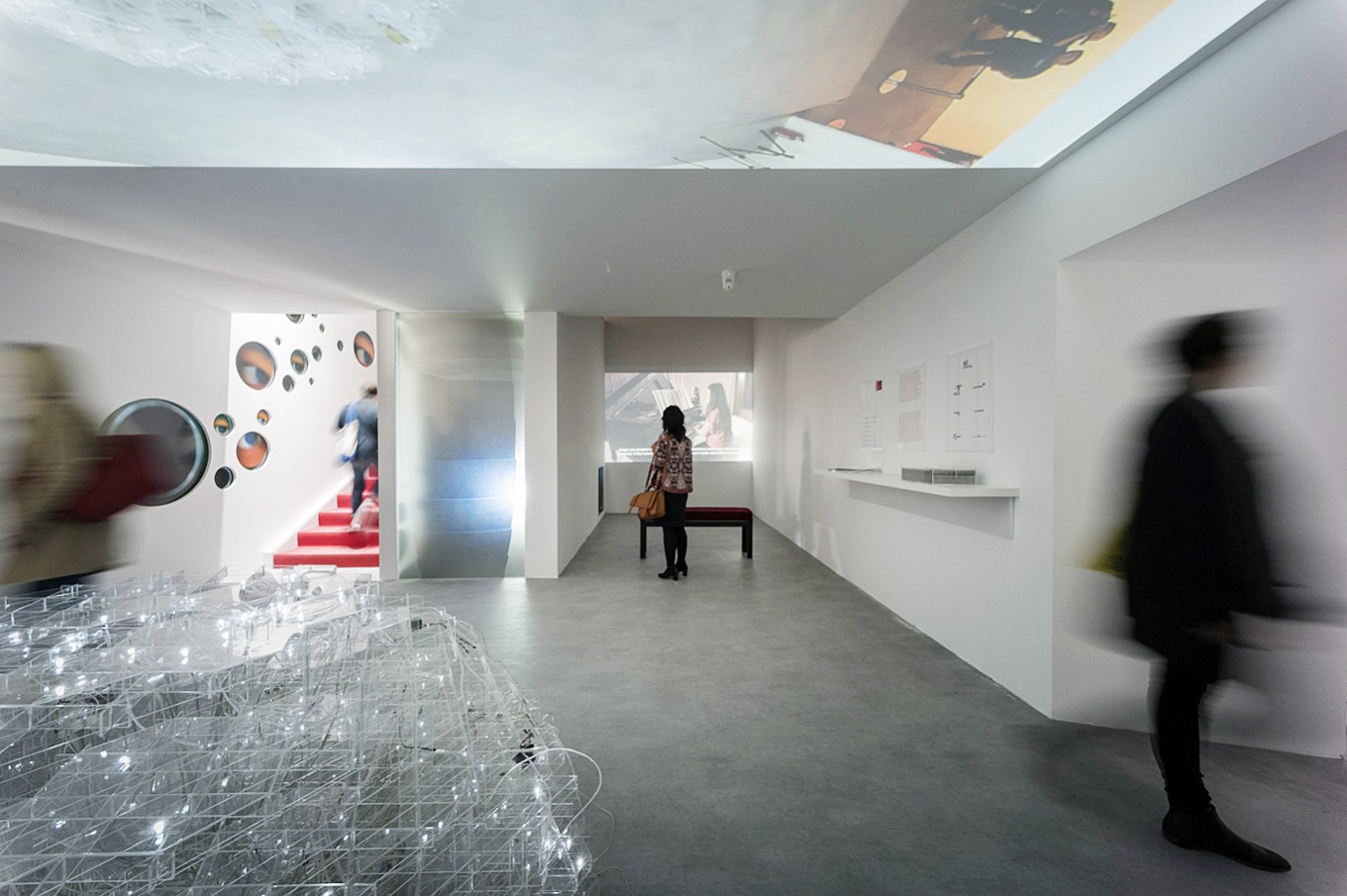 Interactive: Visitors view three interactive works by artist Tintin Wulia who has been selected to showcase her works in the Indonesia Pavilion at the world’s oldest and most prestigious art festival the Venice Biennale.(Artnivora/File)
Interactive: Visitors view three interactive works by artist Tintin Wulia who has been selected to showcase her works in the Indonesia Pavilion at the world’s oldest and most prestigious art festival the Venice Biennale.(Artnivora/File)
The grand idea, however, was not able to be revealed in the production of the work both in Venice and its twin version in the Jakarta Senayan City Shopping Mall.
Three works were to be digitally interconnected. There was We Are Not Alone, a kind of mini dome consisting of 1001 hexagrams on acrylic plaques — interconnected at 228 points with LED lamps (a reference to Saturn where in 1970 signs of life were recorded).
A second work showed blinking eyeballs along a staircase that led to an elevated level where people could peep into what appeared to be the artist’s studio. The eyes along the staircase belonged to people who peeped into the studio.
And a third, viewed by many as the center of the work, a one-channel video showing exiles of 1965, some 200 years later telling their stories in retrospect, from their 1001 homes on the planet Mars where they have been sent in exile, suspected of siding with the then Communist Party.
Read also: Bazaar Art Jakarta returns with new name, video art competition
They had been sent to the far flung island of Buru in the Moluccas or they had disappeared from life, or had just been killed without trial.
For the 45-year-old artist, the events in 1965 had been particularly traumatic. “My grandfather disappeared, but no one in the house spoke about it,” she once said, reminiscing on her stress at not knowing and the silence in the house.
The overall title 1001 Martian homes was inspired by Scheherazade’s 1001 nights of storytelling and keeping the king occupied to save her life, and was perhaps one way for the artist to “save” past experiences that were in the process of being forgotten.
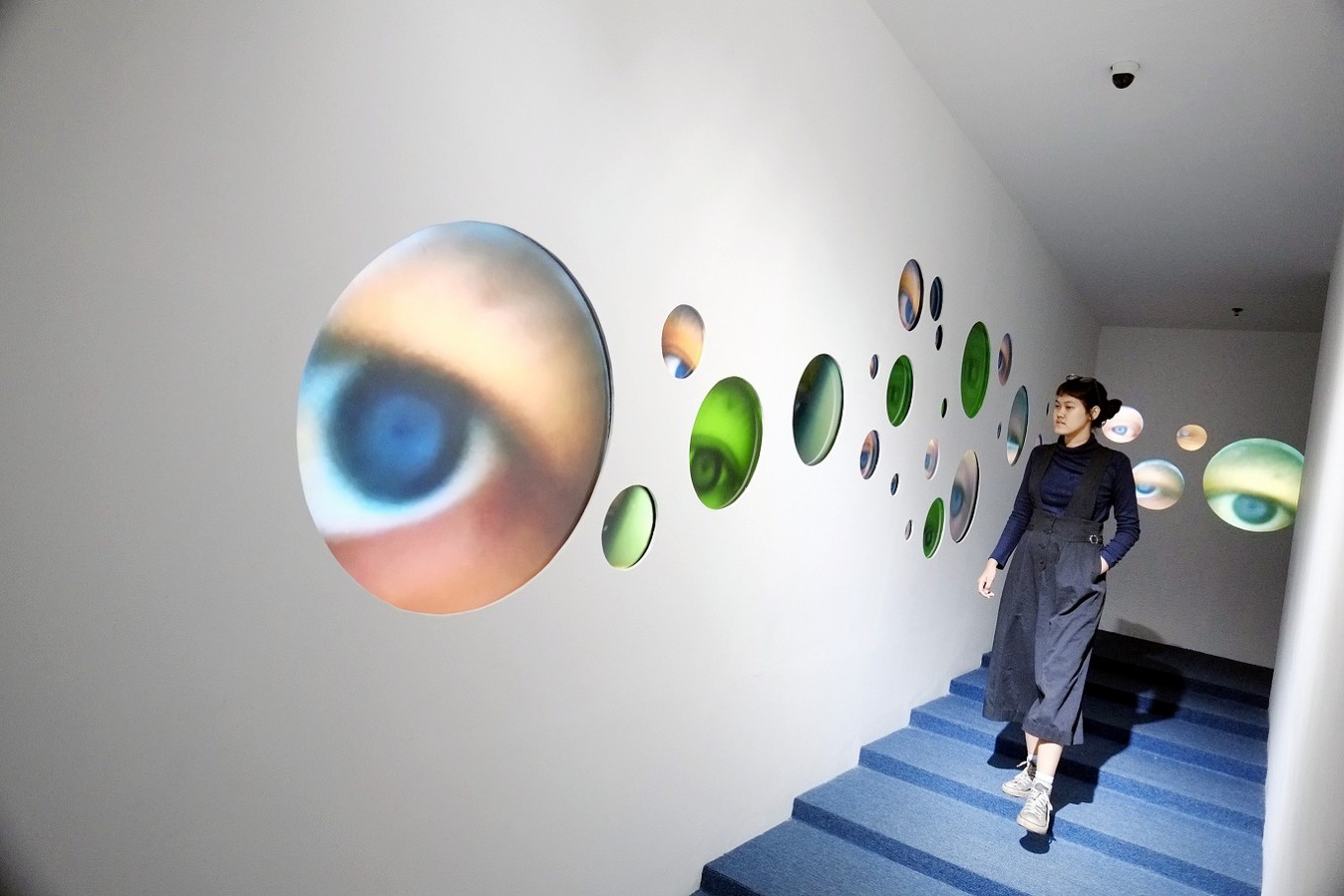 Watchful eyes: An identical pavilion is created in the Senayan City Shopping Mall in Jakarta, which should enable visitors in Venice and Jakarta to interact by applying digital technology.(JP/Jerry Adiguna)
Watchful eyes: An identical pavilion is created in the Senayan City Shopping Mall in Jakarta, which should enable visitors in Venice and Jakarta to interact by applying digital technology.(JP/Jerry Adiguna)
To further expand her ideas of a world without borders, an identical pavilion was created in the Senayan City Shopping Mall, which should have enabled visitors in Venice and Jakarta to interact by applying digital technology.
The expansion of the pavilion to a twin version was also inspired by her Chinese ancestry. Her ancestors traveled between China and Indonesia long before the latter was a sovereign state, she said.
Unfortunately the production of the pavilion was unable to match the grand idea. Not only was the internet in Venice unreliable, the futuristic awesomeness of linking the world got lost in the blinking of the LED lights in the work Not Alone and the blinking eyeballs of Under the Sun.
History of Indonesia Pavilion in the Arsenale
In 2013 Restu Imansari of Jakarta-based Bumi Purnati initiated and produced the Indonesia Pavilion on 500 square meters, with five leading artists — Albert Yonathan, Sri Astari Rasjid, Eko Nugroho, Entang Wiharso, Tita Rubi participating and titled Sakti.
In 2015, Restu again organized and produced the Indonesia Pavilion in the Arsenale, this time presenting Heri Dono in a solo show on 350 square meters, titled Trokomod.
Both editions were carried out under the official auspices of the Indonesian Government through the Tourism Ministry, but with most of the costs borne by Bumi Purnati.
***
1001 Martian Homes by Tintin Wulia; The Indonesia Pavilion in the Arsenale of the Venice Biennale in Venice, Italy and the Jakarta Senayan City Shopping Mall (6th Floor) from May 13 to Nov. 26, 2017





